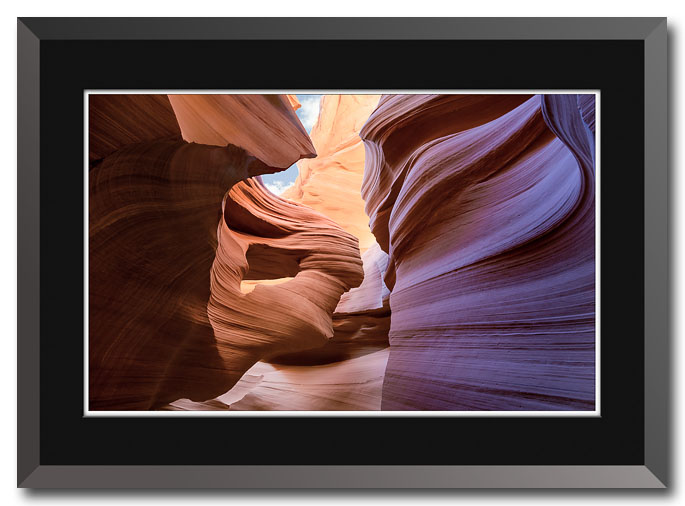I describe myself as a “fine art photographer.” A few years ago I would have felt awkward and pretentious using that description, but success selling my work in art galleries has helped me feel more comfortable. However, there are still those who contend that photography is not art, and certainly not “fine art.” (See this recent article on “The Online Photographer” blog.)
So, what is art? The Wikipedia definition reads, “Fine art refers to a skill used to express the artist’s creativity, or to engage the audience’s aesthetic sensibilities, or to draw the audience towards consideration of more refined or finer work of art.”
For me, I simply like to think of art as the confluence of craft and vision. The best art is created from an abundance of both. Likewise, a piece will fall short if either component is lacking.
Consider Michelangelo’s “David.” It’s a widely considered to be a masterpiece, and exhibits Michelangelo’s mastery of his craft (carving), but much of the appeal also comes from the pose and expression (vision).
When you admire a painting, you admire the craft and precision of the brush strokes, but you also look at the scene. If the scene doesn’t appeal to you, then the craft of the painting doesn’t mean much, at least not to you. A perfectly forged copy of a masterpiece is nearly worthless; it exhibits great craft, but no original vision.
Likewise, photography is a combination of craft and vision. Ansel Adams once said, “There’s nothing worse than a sharp photograph of a fuzzy concept.” In some ways, the advent of digital photography has made the craft easier, and in some ways it’s harder. Today’s digital photographers need to also be digital technicians where in the film days most relied on specialized custom processing labs to develop and print their images.
I think one reason many people don’t appreciate the art of photography is that they’ve never learned the difference between a snapshot and an expertly crafted fine art photograph. After all, it looks easy if you don’t really know how it’s done. We’ve all tried our hands at drawing and painting. Some of you found you had a real talent for it. The rest of us learned we don’t have that talent, but we have a better understanding of the level of craft it takes to create a painting.
Vision is the other differentiating element. When you feel moved or inspired by a photograph, remember that image wouldn’t exist but for the vision of the photographer. The photographer made decisions about where to place the camera and knew what camera settings were important. They also may have had a hand in creating the scene through posing and lighting. And they certainly choose the moment in time to snap the shutter.
After the image was captured, the photographer continues to apply their vision during post-processing. Should the image be cropped? What about the brightness and colors? Should some of the colors be modified to be more harmonious or give the scene a different feel? What about black and white instead of color? Again, it’s the photographer’s vision that shapes the final rendering of the scene.
Of course, scarcity is another parameter that adds value to artwork. Paintings and sculptures exist as copies of one. Music, on the other hand, is typically recorded, and the more copies sold the better. With the internet, many things are readily available – and hardly scarce. Anyone with access to the internet can see the photo at the top of this post, but a large, finely prepared archival print with my signature is somewhat rare. (Actually, more rare than I’d like it to be.)
My fine art photography may appeal to you, or it may not. That’s OK, we all have different tastes. Either way, I hope we all learn to appreciate all forms and styles of art and creativity, even those forms that aren’t necessarily our favorites.

